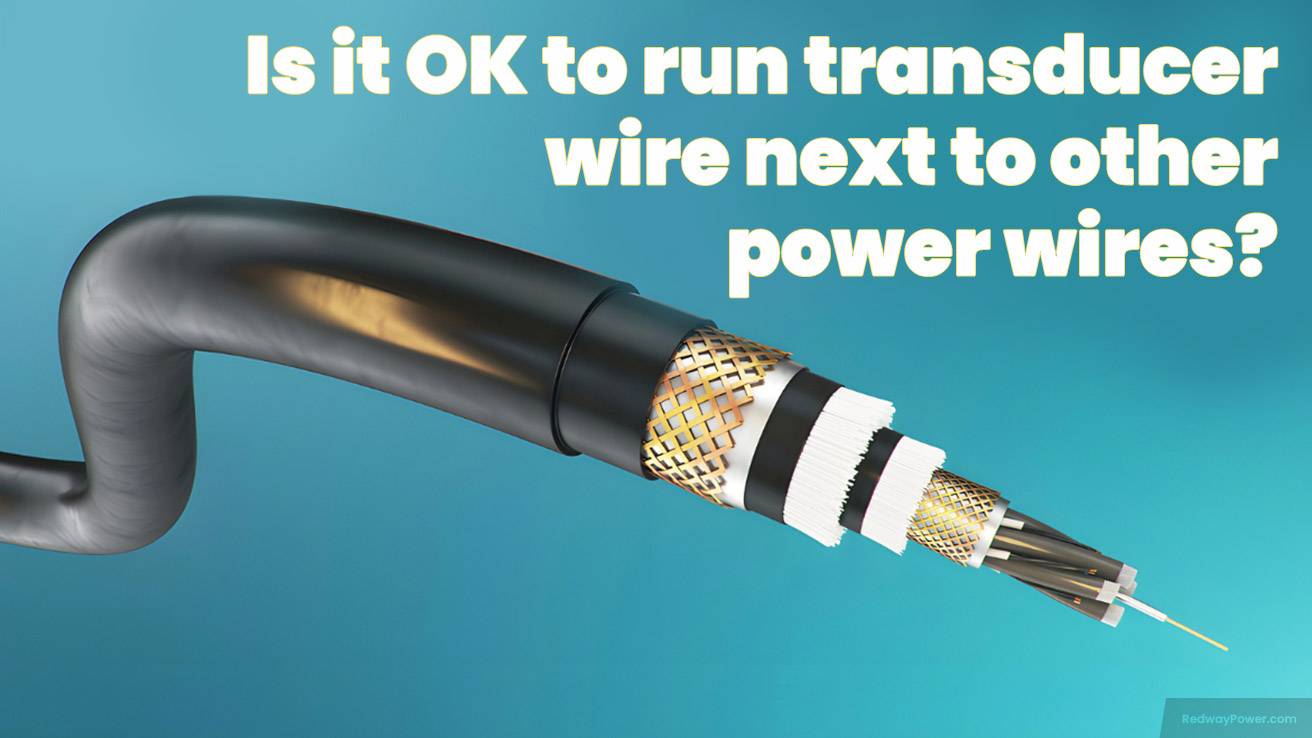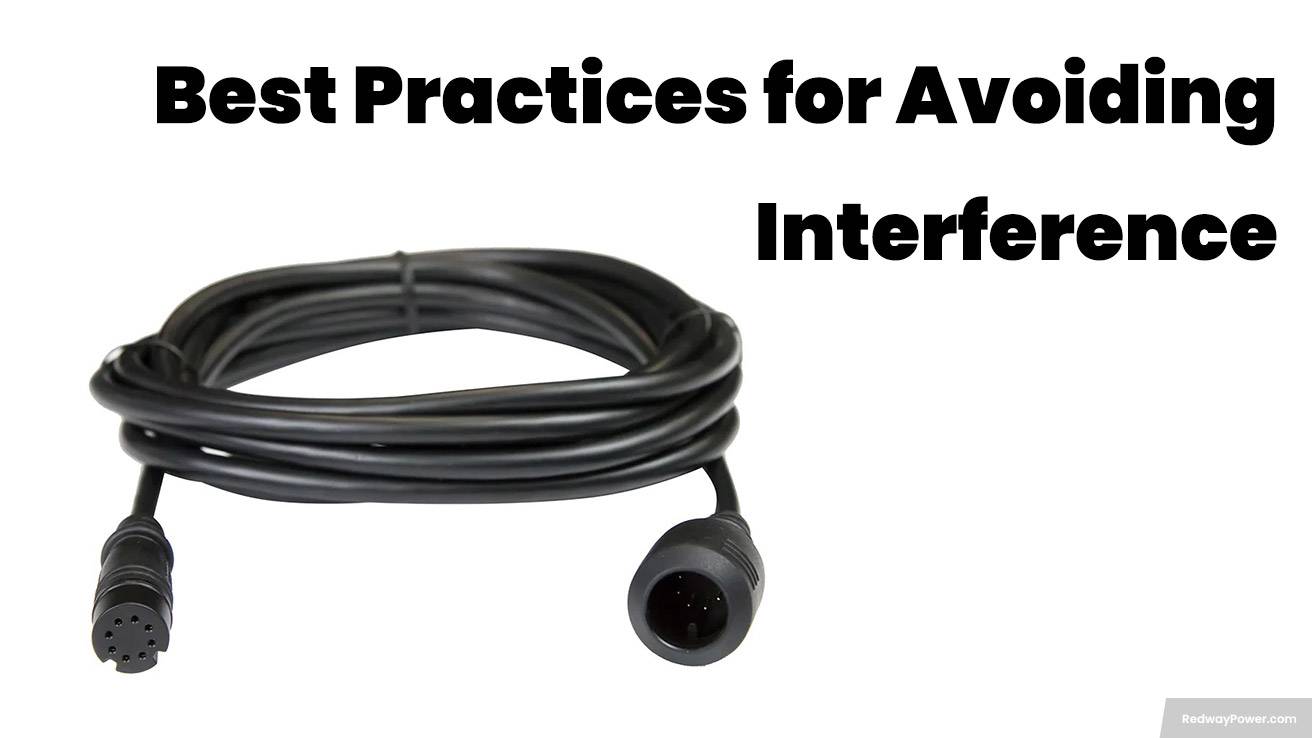- Rack-mounted Lithium Battery
- Golf Cart Lithium Battery
-
Golf Cart Lithium Battery
- 36V 50Ah (for Golf Carts)
- 36V 80Ah (for Golf Carts)
- 36V 100Ah (for Golf Carts)
- 48V 50Ah (for Golf Carts)
- 48V 100Ah (Discharge 100A for Golf Carts)
- 48V 100Ah (Discharge 150A for Golf Carts)
- 48V 100Ah (Discharge 200A for Golf Carts)
- 48V 120Ah (for Golf Carts)
- 48V 150Ah (for Golf Carts)
- 48V 160Ah (Discharge 100A for Golf Carts)
- 48V 160Ah (Discharge 160A for Golf Carts)
-
Golf Cart Lithium Battery
- Forklift Lithium Battery
- 12V Lithium Battery
- 24V Lithium Battery
- 36V Lithium Battery
- 48V Lithium Battery
-
48V LiFePO4 Battery
- 48V 50Ah
- 48V 50Ah (for Golf Carts)
- 48V 60Ah (8D)
- 48V 100Ah (8D)
- 48V 100Ah
- 48V 100Ah (Discharge 100A for Golf Carts)
- 48V 100Ah (Discharge 150A for Golf Carts)
- 48V 100Ah (Discharge 200A for Golf Carts)
- 48V 150Ah (for Golf Carts)
- 48V 160Ah (Discharge 100A for Golf Carts)
- 48V 160Ah (Discharge 160A for Golf Carts)
-
48V LiFePO4 Battery
- 60V Lithium Battery
-
60V LiFePO4 Battery
- 60V 20Ah
- 60V 30Ah
- 60V 50Ah
- 60V 50Ah (Small Size / Side Terminal)
- 60V 100Ah (for Electric Motocycle, Electric Scooter, LSV, AGV)
- 60V 100Ah (for Forklift, AGV, Electric Scooter, Sweeper)
- 60V 150Ah (E-Motocycle / E-Scooter / E-Tricycle / Tour LSV)
- 60V 200Ah (for Forklift, AGV, Electric Scooter, Sweeper)
-
60V LiFePO4 Battery
- 72V~96V Lithium Battery
- E-Bike Battery
- All-in-One Home-ESS
- Wall-mount Battery ESS
-
Home-ESS Lithium Battery PowerWall
- 24V 100Ah 2.4kWh PW24100-S PowerWall
- 48V 50Ah 2.4kWh PW4850-S PowerWall
- 48V 50Ah 2.56kWh PW5150-S PowerWall
- 48V 100Ah 5.12kWh PW51100-F PowerWall (IP65)
- 48V 100Ah 5.12kWh PW51100-S PowerWall
- 48V 100Ah 5.12kWh PW51100-H PowerWall
- 48V 200Ah 10kWh PW51200-H PowerWall
- 48V 300Ah 15kWh PW51300-H PowerWall
PowerWall 51.2V 100Ah LiFePO4 Lithium Battery
Highly popular in Asia and Eastern Europe.
CE Certification | Home-ESS -
Home-ESS Lithium Battery PowerWall
- Portable Power Stations
Is it OK to run transducer wire next to other power wires?

Considering running your transducer wire alongside power wires? It’s a decision that comes with potential risks. Transducer wires, vital for accurate readings from fish finders or sonar systems, may face interference when close to power cables. In this post, we’ll explore the implications and best practices to avoid unwanted interference. Let’s dive in!
Understanding Transducer Wires
Understanding transducer wires is crucial for marine electronics systems. These wires transmit signals between devices and the transducer, converting electrical energy for underwater data. Let’s explore the essentials and risks associated with these wires.
- Role of Transducer Wires:
- Transducer wires act as conduits, transmitting signals between devices and transducers, essential for collecting data on underwater structures and fish presence.
- Comprising multiple conductors in a protective sheath, these wires carry specific signals or power supplies for effective communication.
- Sensitivity to Interference:
- Transducer wires are designed for low voltage, making them sensitive to interference from higher voltage power cables.
- Optimal performance requires isolation from power wiring, avoiding parallel or close proximity to minimize electromagnetic interference.
- Preventing Issues:
- To prevent potential problems, it’s crucial to understand the risks of interference during installation.
- Taking precautions, such as proper routing and avoiding proximity to power cables, ensures the effectiveness and longevity of transducer wires.
By grasping the role and vulnerabilities of transducer wires, users can install and route them with care, minimizing the risk of electromagnetic interference and ensuring reliable performance.
Risks of Running Transducer Wires Next to Power Wires
Installing transducer wires next to power wires is a common mistake that can lead to various risks and performance issues. Let’s explore the key reasons why keeping them separate is crucial for optimal functionality.
- Electromagnetic Interference (EMI):
- Running transducer wires alongside power cables can cause EMI, disrupting signals and resulting in poor image quality or signal loss.
- Electrical currents in power cables interfere with the transmitted signals, impacting the transducer’s performance.
- Cross-Talk Risks:
- Cross-talk, where signals transfer between wires, becomes a risk when transducer and power wires are in close proximity.
- Strong electrical currents in power cables may induce unwanted signals into transducer wires, affecting overall performance.
- Safety Concerns:
- Safety is compromised when power and transducer wiring run together, increasing the risk of accidental contact or short circuits.
- Maintaining separation is essential not only for equipment protection but also to prevent potential hazards for individuals working with the wires.
To ensure optimal transducer performance and safety, it’s crucial to avoid running transducer wires next to power lines. If proximity is unavoidable, employing shielding techniques like conduit or metallic sheaths can help minimize interference.
Best Practices for Avoiding Interference
When dealing with the proximity of transducer and power wires, interference is a significant concern. To ensure optimal transducer performance, follow these best practices to avoid potential issues and maintain accuracy.
- Proper Wire Routing:
- Keep transducer wires away from power cables and electrical equipment to minimize the risk of electromagnetic interference.
- Thoughtful routing prevents unwanted signals affecting the transducer’s performance.
- Use Shielded Cables:
- Opt for shielded cables to add an extra layer of protection against interference.
- Shielded cables are designed to reduce electromagnetic radiation, preserving the quality of signals transmitted by the transducer.
- Minimize Wire Lengths:
- Keep wire lengths as short as possible to reduce the likelihood of interference.
- Minimizing the distance between the transducer and its connection point helps maintain signal integrity.
- Cross at 90-Degree Angles:
- If running transducer wires parallel to power wires is unavoidable, cross them at a 90-degree angle.
- This practice helps reduce crosstalk and lowers the chances of interference between the two sets of wires.
- Double-Check Connections:
- Always double-check connections and troubleshoot potential issues before finalizing the installation.
- Loose or faulty connections can lead to poor signal quality or complete failure in transmitting data accurately.
By adhering to these best practices, you can enhance the reliability and performance of your system when running transducer wires next to power wires. For specific equipment considerations, consult professionals or manufacturers’ guidelines for personalized guidance.
Alternatives to Running Wires Together
When installing transducer wires, it’s crucial to consider alternatives to running them alongside power wires. These alternatives help minimize interference and ensure optimal transducer performance.
- Separate Conduit or Wire Raceways:
- Use separate conduit or wire raceways for transducer wires and power wires.
- Physically separating them reduces the chances of electromagnetic interference, enhancing signal quality.
- Utilize Shielded Cables:
- Opt for shielded cables for transducer wiring to block external electrical signals.
- The extra insulation minimizes the risk of interference, resulting in cleaner signal transmission, improved accuracy, and reliability.
- Twisted Pair Wiring:
- Consider twisted pair wiring for transducers to cancel out electromagnetic interference.
- Twisting two conductors together helps minimize cross-talk and maintain signal integrity.
- Adjust Wire Paths:
- If feasible, relocate either the power or transducer wire paths to avoid running them parallel for extended distances.
- Creating distance between these wires significantly reduces the risk of unwanted electrical noise affecting transducer performance.
- Professional Consultation:
- Each installation has unique challenges, so consult with a professional installer or follow manufacturer guidelines for tailored insights.
- Exploring these alternative options ensures optimized system performance while minimizing potential issues caused by electrical interference.
Importance of Proper Installation for Optimal Performance
Proper installation of transducer wires is crucial for achieving optimal performance and preventing interference issues. Follow these essential steps to ensure your transducer system functions at its best.
- Separate from Power Wires:
- Keep transducer wires separate from power wires to avoid electromagnetic interference (EMI).
- Running them together can disrupt signal quality and compromise the accuracy of transducer readings.
- Secure Routing Practices:
- Follow best practices for routing and securing transducer wires, using appropriate clips or clamps.
- Prevent contact with power cables to maintain signal integrity and avoid potential disruptions.
- Avoid Bends and Kinks:
- During installation, avoid sharp bends or kinks in transducer wires to prevent signal loss or breakage.
- Ensuring smooth wire paths contributes to the overall performance and longevity of the system.
- Address Electrical Noise Sources:
- Be mindful of nearby sources of electrical noise that could interfere with transducer signals.
- Appliances or machinery generating electromagnetic fields may impact signal accuracy if in close proximity.
- Refer to Manufacturer’s Guidelines:
- Always refer to the manufacturer’s guidelines for specific installation recommendations.
- Each system may have unique requirements, and following these instructions ensures maximum efficiency and accuracy.
By adhering to these installation practices and paying attention to details, you can optimize the performance of your transducer system while minimizing potential issues.
Common Mistakes to Avoid
To ensure optimal performance of your transducer system, it’s crucial to avoid running transducer wires next to power wires. Here are key best practices to minimize interference risks and maintain peak functionality:
- Maintain Distance:
- Keep a proper distance of at least six inches between transducer wires and power wires to reduce electromagnetic interference risks.
- Use Shielded or Twisted Pair Cables:
- If running wires together is unavoidable, use shielded or twisted pair cables for transducer wiring.
- These cables provide better insulation and minimize electromagnetic interference.
- Careful Routing Techniques:
- Avoid running transducer wires parallel or crossing over power cables whenever possible.
- Opt for perpendicular or angled routes to minimize interference.
- Quality Cable Management:
- Invest in high-quality cable management solutions such as cable trays or conduits for added insulation against interference.
- Proper Grounding:
- Ensure proper grounding of transducers and secure, well-insulated connections to eliminate unwanted noise and ensure accurate signal transmission.
Conclusion: Taking precautions during transducer wire installation alongside power cables is essential for optimal performance. By understanding risks and employing strategies like maintaining separation, using appropriate cables, careful routing, quality cable management, and proper grounding, you can avoid interference and ensure reliable readings from your transducers.














